
Transit Briefs: CTA, LACMTA, Metra, TTC, UTA, Valley Link
Written by Marybeth Luczak, Executive Editor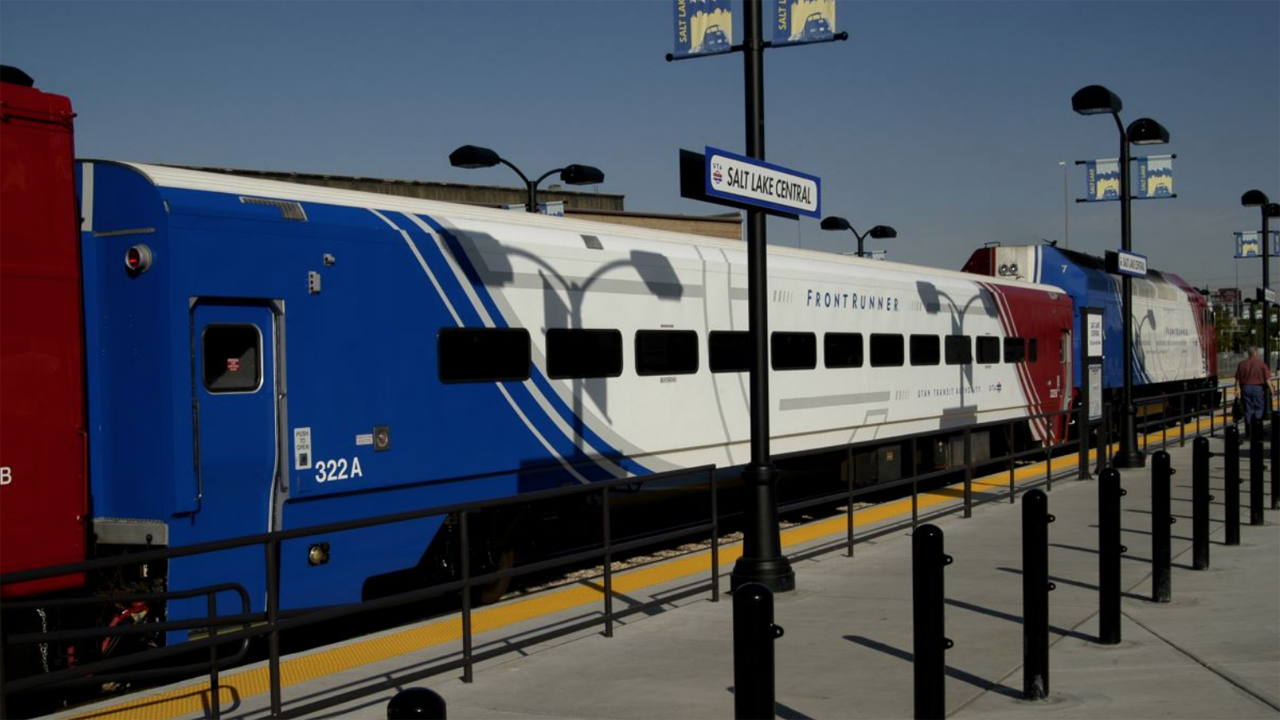
UTA on Oct. 17 began auctioning off its 25 Comet cars, which were retired from FrontRunner commuter rail service earlier this year. Bidding ends Nov. 1.
The Chicago Transit Authority (CTA) issues monthly “scorecards” on service performance. Also, the Los Angeles County Metropolitan Transportation Authority (LACMTA) releases Draft Environmental Impact Report for a proposed gondola to Dodger Stadium; Chicago’s Metra awards Homewood Station renovation contract; Toronto Transit Commission on Oct. 19 is hosting a “TTC Connects: Women as Transit Operators” virtual information session; Utah Transit Authority (UTA) is auctioning 25 Comet cars; and the Tri-Valley-San Joaquin Valley Regional Rail Authority Board advances the Valley Link passenger rail project in California.
CTA on Oct. 17 reported that it is releasing monthly scorecards (above) showing the percentage of rail and bus services delivered; progress in bus operator hiring and installation of ADA tactile bus-stop signs; completion of Refresh and Renew station projects; and year-to-date Rules of Conduct violations issued by the Chicago Police Department’s Public Transit Unit; among other metrics. The effort, the transit agency said, is to “further improve communication and demonstrate the progress it is making to improve the customer experience and address the most pressing challenges brought on by the pandemic.”
“Through these new monthly scorecards, we will continue to hold ourselves accountable, and provide transparency to our customers as to where we’re making progress, and where there is more work to do,” CTA President Dorval R. Carter Jr. said.
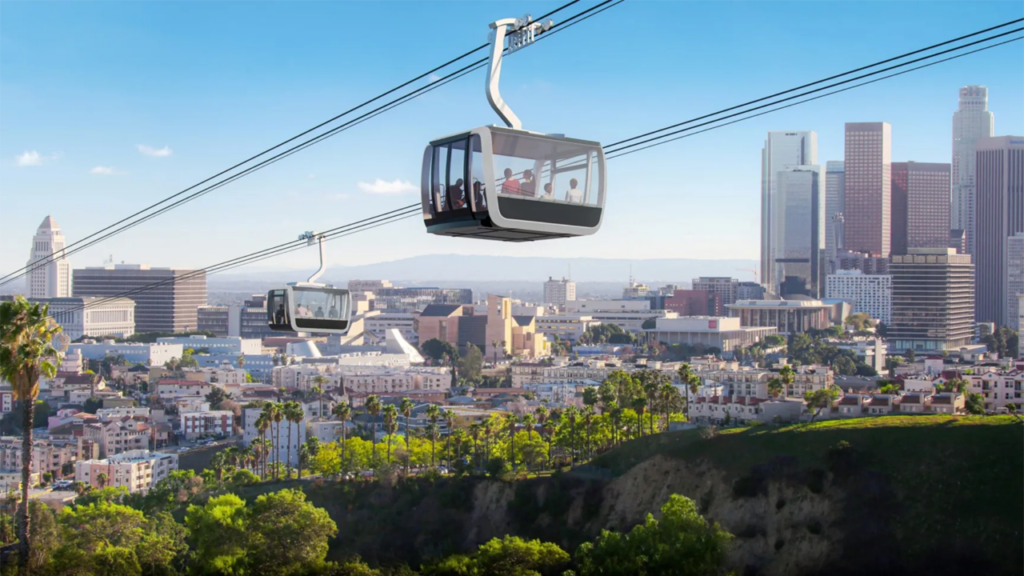
LA Aerial Rapid Transit Technologies LLC is proposing a gondola system in downtown Los Angeles. According to LACMTA, the Los Angeles Aerial Rapid Transit Project would connect Los Angeles Union Station with the Dodger Stadium property and offer an intermediate station at the Los Angeles State Historic Park.
LACMTA is the lead agency under the California Environmental Quality Act (CEQA) and has prepared and released for public review and comment a Draft Environmental Impact Report (DEIR) to evaluate the potential for environmental impacts resulting from the project.
The project is slated to offer a maximum capacity of approximately 5,000 people per hour per direction, and travel time between Union Station and Dodger Stadium is estimated at seven minutes. The gondola system would operate daily to serve existing residents, workers, park users and visitors to Los Angeles. All DEIR comments must be received no later than 5 p.m. on Dec. 16, 2022, LACMTA reported.
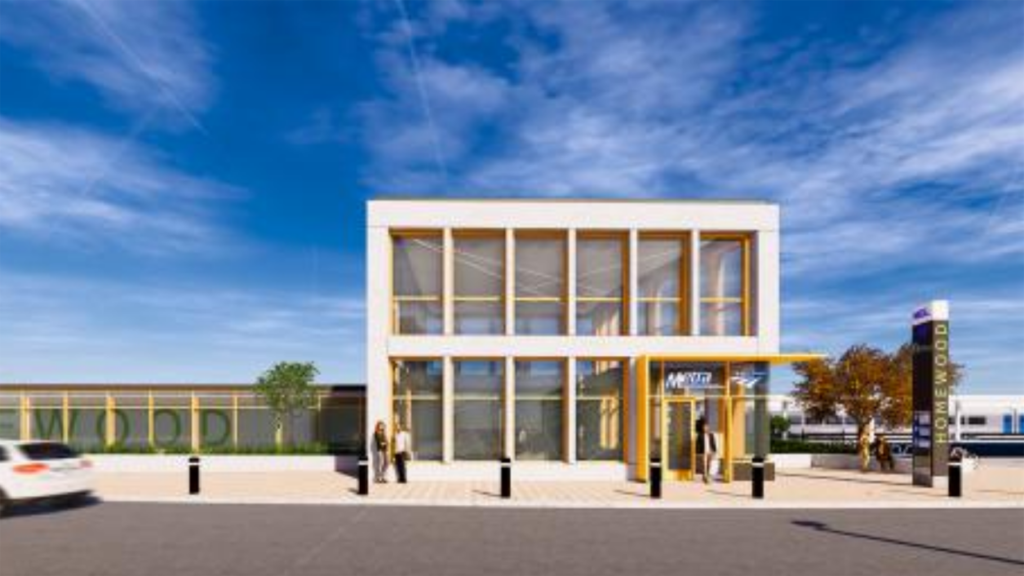
The Metra commuter railroad Board has awarded a $14.5 million contract to IHC Construction of Elgin, Ill., to renovate the Homewood Station along the Metra Electric Line.
The project covers construction of a new, ADA-accessible east headhouse, including a ramp; renovation of the platform, wind breaks, warming house and gatehouse; installation of new drainage, ventilation, lighting and interior finishes in the existing tunnel (built in 1911); and replacement of the elevator connecting the tunnel to the platform. Also included is construction of a new Pace bus facility, including a drive aisle, three bus slips, a covered waiting area, and driver relief facilities.
Homewood, Ill., and Metra pursued federal Shared Transportation Program (STP) funds to support construction, according to Metra. The project was awarded $9.25 million of federal STP funds, and local matching funds were provided as required to secure the discretionary grant. Pace, Cook County, and other funding sources will also provide support, Metra reported.
The two-year project is scheduled to begin next spring. It follows a $15 million investment by Amtrak to rehabilitate its part of the shared facility. That work added an enclosed ramp on the west side of the tracks, allowing all customers to access the tunnel under the tracks to both the Amtrak and the Metra train platform; other ADA improvements to the former Illinois Central Railroad station (built in 1923), including the waiting areas and restrooms; and a level path between the building, parking and the stairway/ramp entrance to the tunnel.
“This project represents a significant upgrade to the Homewood Station and its pedestrian tunnel,” Metra CEO/Executive Director Jim Derwinski said. “It will not only create a more welcoming, more accessible station and tunnel for Metra and Amtrak customers, but also a more welcoming gateway for Homewood’s downtown retail district and residential areas.”
The Homewood Station project is part of the Metra Electric Community Initiative, a multi-year plan to renovate and make accessible 13 stations on the Metra Electric Line through the South Side and south suburbs.
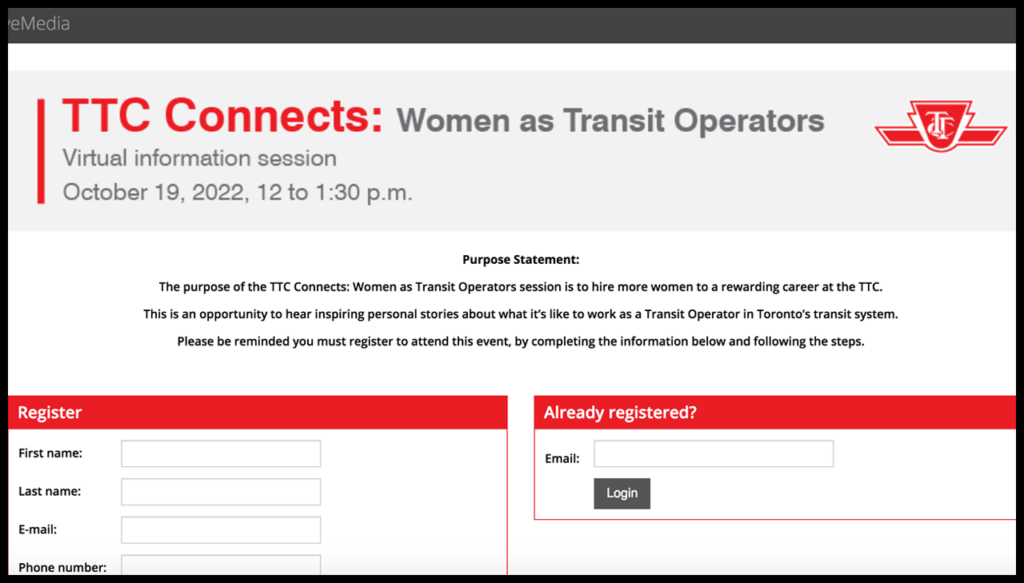
TTC on Oct. 19 (12 p.m. -1:30 p.m.) will host its second “TTC Connects: Women as Transit Operators” virtual information session for 2022.
“Through events such as these, we hope to showcase the TTC as a place where women can build a rewarding and fulfilling career,” TTC CEO Rick Leary said. “In 2020, we committed that every four out of 10 new hires for the role of transit operator should identify as a woman. We achieved this goal last year, and we intend to continue to work toward the same objective for this year. At the TTC, we are working hard to ensure our workforce represents the diversity of the communities we serve.”
The event is open to everyone, the agency said. TTC female employees will address what it’s like to work at the TTC, including personal stories, career advice and information about growth opportunities, and participants will have an opportunity to ask questions.
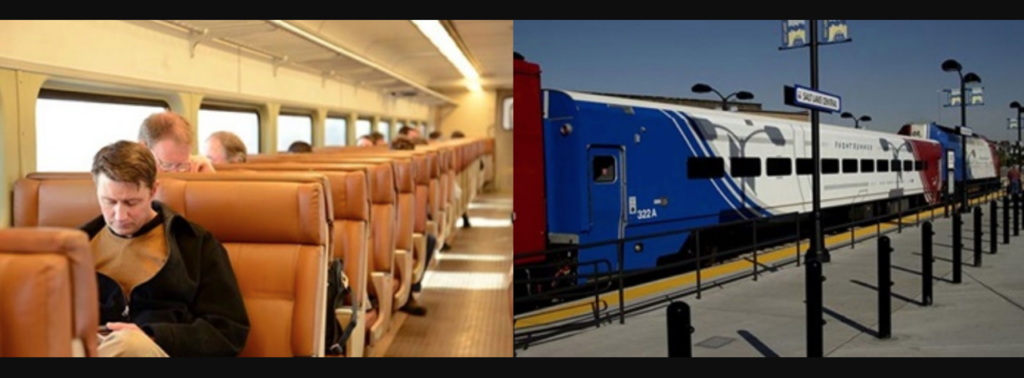
UTA in April removed its Comet cars from FrontRunner commuter rail service. The 50-year-old Pullman Standard-built (Bombardier-upgraded) cars had run on New Jersey Transit; UTA purchased and began using them when FrontRunner launched in 2008. According to UTA, it “is becoming more difficult and costly to maintain the [25] cars and replace worn or broken parts, which are nearly impossible to find. The challenges of keeping the cars in good and safe operating condition for our riders necessitate their removal.” The agency said the move will help it save $600,000-$800,000 per year on fuel and maintenance costs.
While UTA initially retained the Comet cars for use during community events or unexpected spikes in ridership, “it has become too great of a logistical and financial burden servicing these vehicles and preparing them for operation,” the transit agency reported earlier this month. “So, in order for UTA to apply for federal grants to purchase future railcars, we need to auction off the Comet cars.”
TNT Auction, which is managing bids, opened the auction on Oct. 17. According to UTA, bidding ends Nov. 1, 2022; Comet cars must be removed within 90 days.
UTA noted that it is “evaluating options for replacement vehicles, but a decision has not been made at this time.” Current FrontRunner ridership can be accommodated with three-car trains, and there is room for ridership growth before replacement vehicles are needed, the transit agency added.
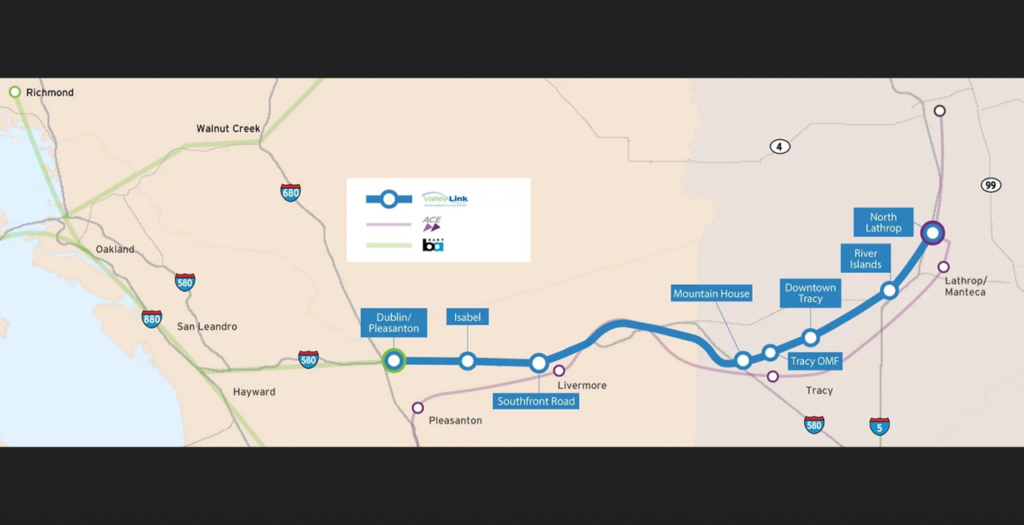
The Tri-Valley-San Joaquin Valley Regional Rail Authority (Authority) Board on Oct. 13 approved a final purchase agreement with the city of Tracy for 200 acres of property to be used for the Valley Link passenger rail project, which is expected to operate with hydrogen-powered trainsets. This follows the Authority’s September approval of a Hydrogen Production Feasibility Study. The property is slated to house a green hydrogen production facility for the project, the first phase of which would run between the Dublin/Pleasanton Bay Area Rapid Transit (BART) station in Alameda County and the Mountain House station in San Joaquin County (see map above). In June, Phase I was accepted into Project Development of the FTA’s CIG program. Construction is targeted to begin in 2025.
“Valley Link’s self-produced, green hydrogen will reduce the cost of the overall project operations for the public and offset state and federal transit subsidies,” said Veronica Vargas, Chair of the Authority Board of Directors. “The project’s vision also supports opportunities to create and sustain new living wage jobs in both the hydrogen fuel production and related renewable energy industries. This is good for both the economy and the environment.”
Even before Valley Link begins operations, the hydrogen production facility will be able to support the clean energy of other transit and heavy truck operators within the next two to three years, the Authority reported.
The passage of State Assembly Bill 209 now establishes a $100 million Hydrogen Program under the California Energy Commission to fund hydrogen demonstration projects, according to the Authority, which said it is also partnering with the Alliance for Renewable Clean Hydrogen Energy Systems (ARCHES) Initiative to coordinate the development of the state application for federal funding under the $8 billion national U.S. Department of Energy Regional Hydrogen Hub Program.



